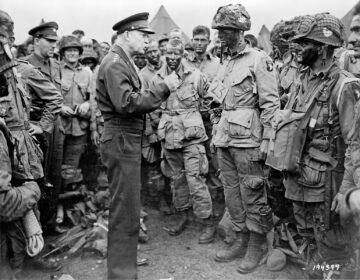by Michael Liss
Too many people don’t care what happens so long as it doesn’t happen to them. —William Howard Taft, former President and Chief Justice
Some may belittle politics, but we know, who are engaged in it, that it is where people stand tall. —Tony Blair, Former Prime Minister of the United Kingdom
Somewhere between those two statements, made by two exceptionally accomplished and intelligent men, is a truth. Somewhere there is a fulcrum. There has to be.

Where? If you think about it, contemporary politics is often just a sorting mechanism. We voters pick a team, we align our views with that team, and we tighten our bond to that team through ideologically similar traditional and social media. In doing so, we become so consumed with pursuing our own interests that we often lose our capacity for empathy. To Taft’s point, we don’t care what happens as long as it doesn’t happen to us. We don’t care who pays for it, so long as we get it.
What about politicians? Do they “stand tall”? Do they stand for everyone? We know they often don’t. To rise in the party, and/or to keep their jobs, the pols needs to hew ever closer to whatever idea (or person) exercises the strongest gravimetric force. The distillation process continues until most individuality disappears, not just in the ambitious (or worried) pol who learns to squawk in lockstep, but also in the vast majority of rank-and-file voters. Both groups look past, or even take up positions that, in calmer times they might have thought disqualifying as a matter of principle—or even manifestly against their own interests.
Nothing said here is particularly new—even more so now, as both major political parties have become less ideologically diverse over the last several decades. There’s an acute imbalance right now because Trump is such an accelerant, but if we ever get past the Trump Era with our traditional basic values intact, we are going to need to find a sense of balance again. To quote Lincoln, we must “disenthrall ourselves, and then we shall save our country.”
Just how do we disenthrall ourselves? Read more »

